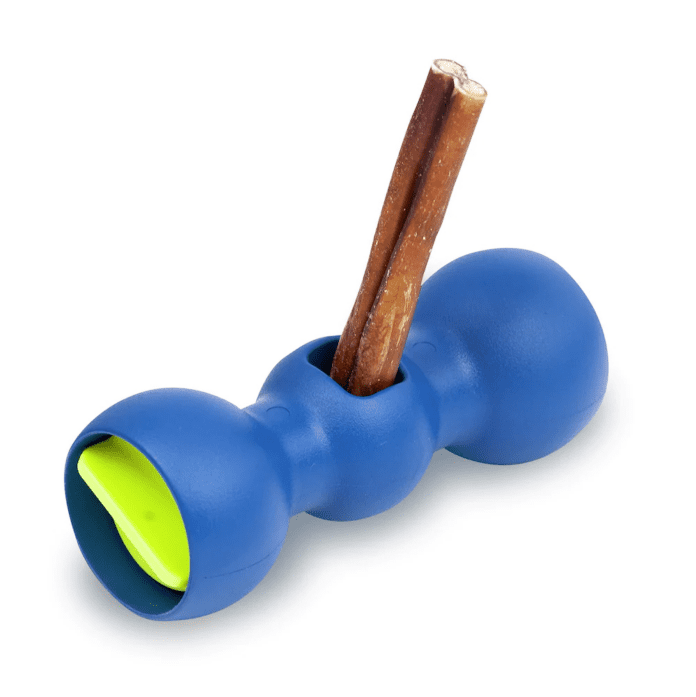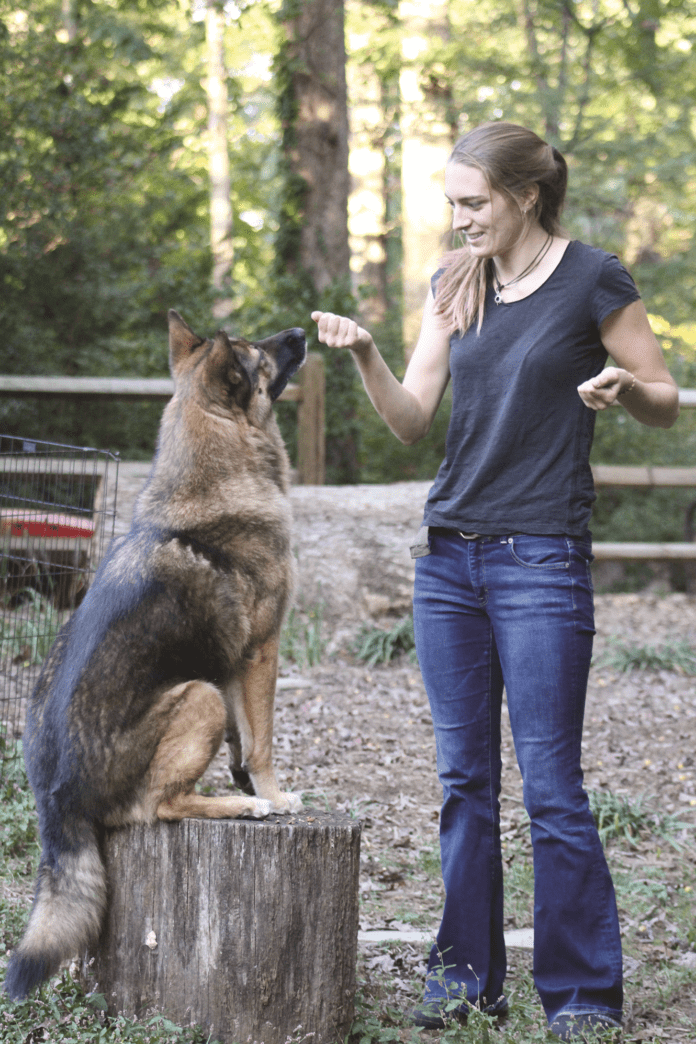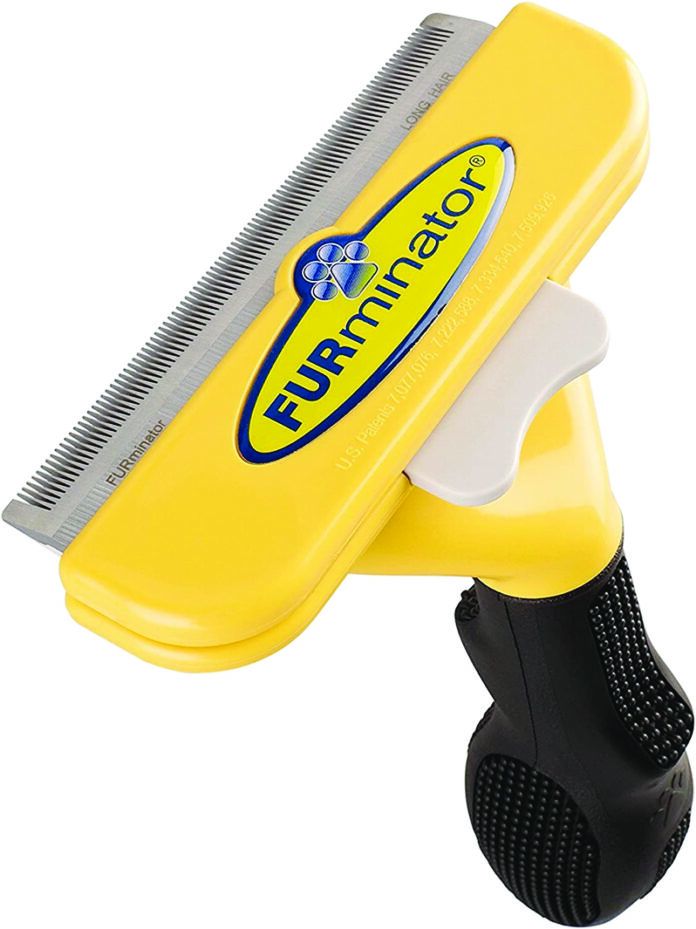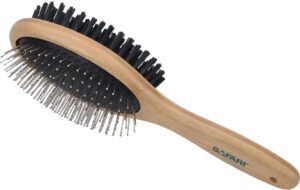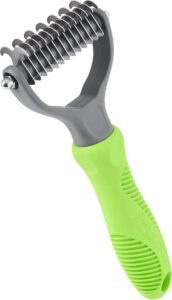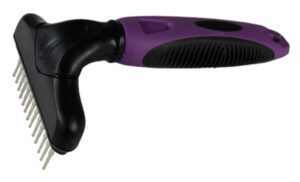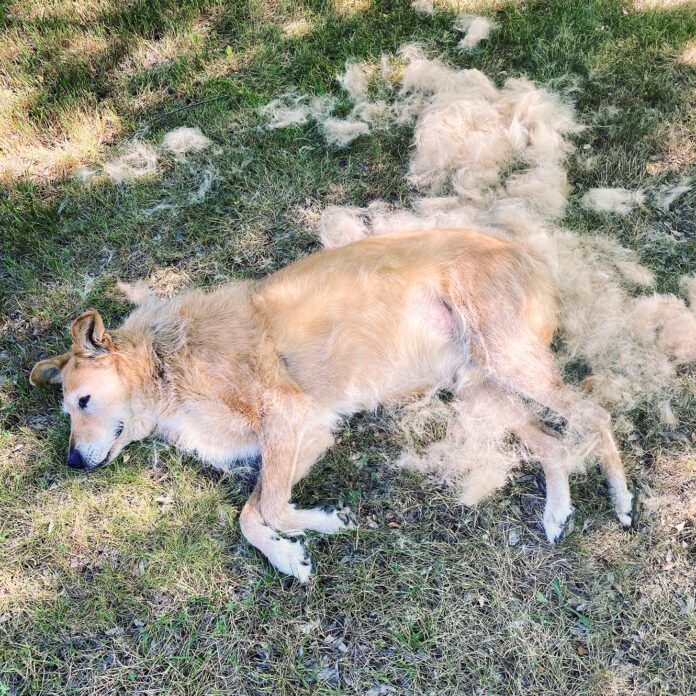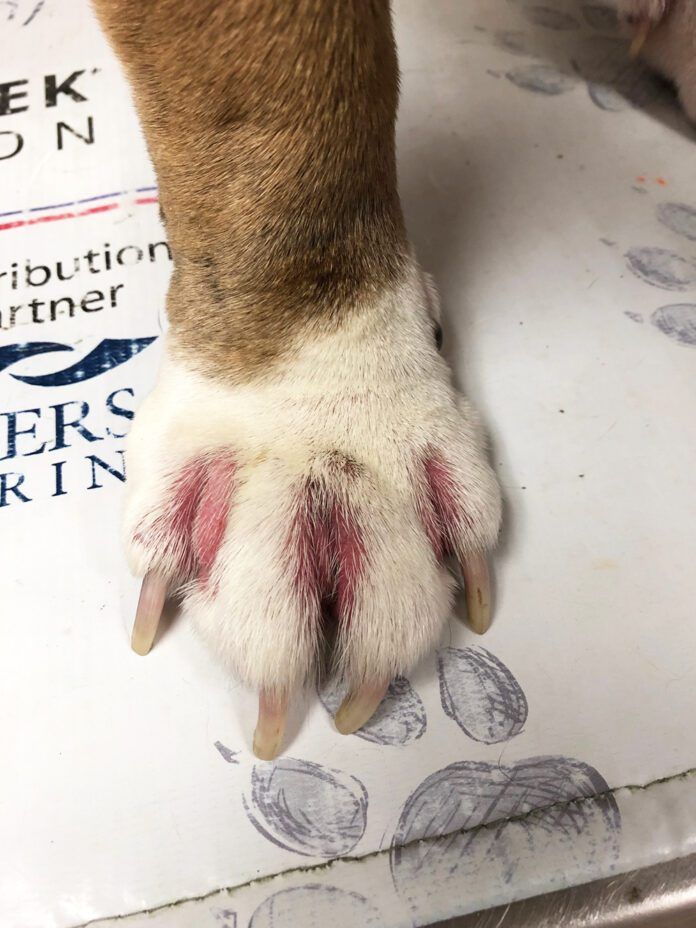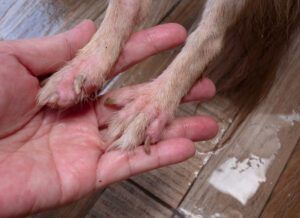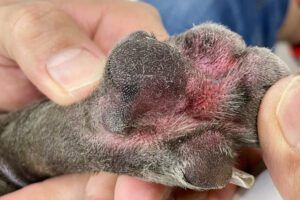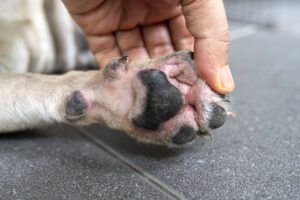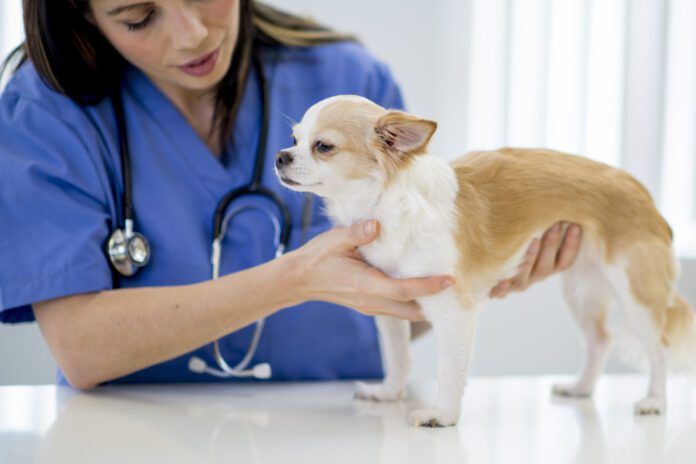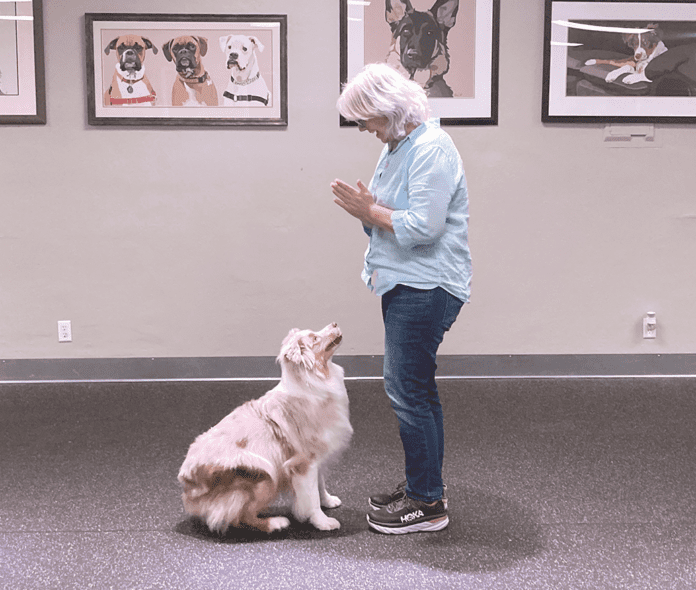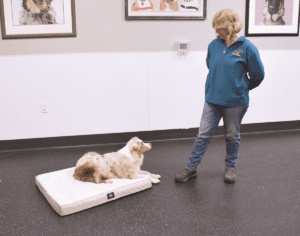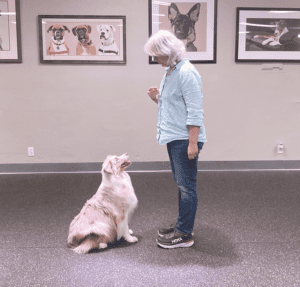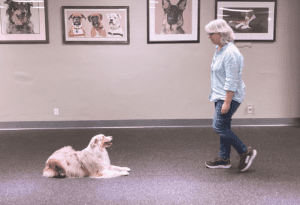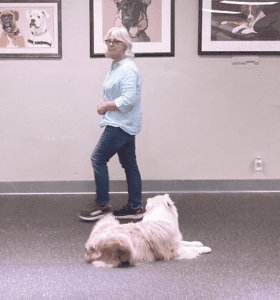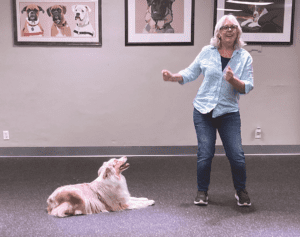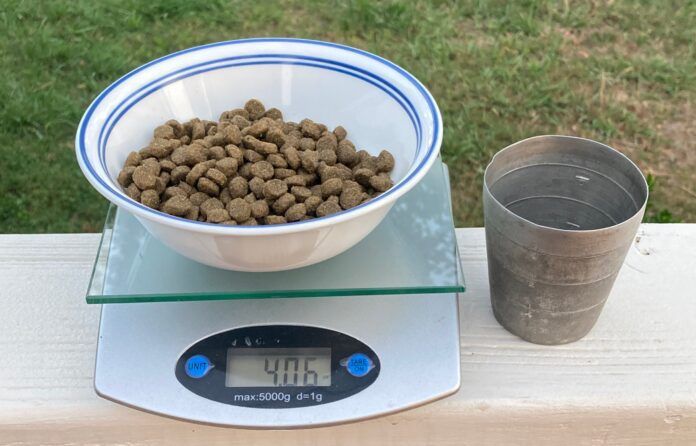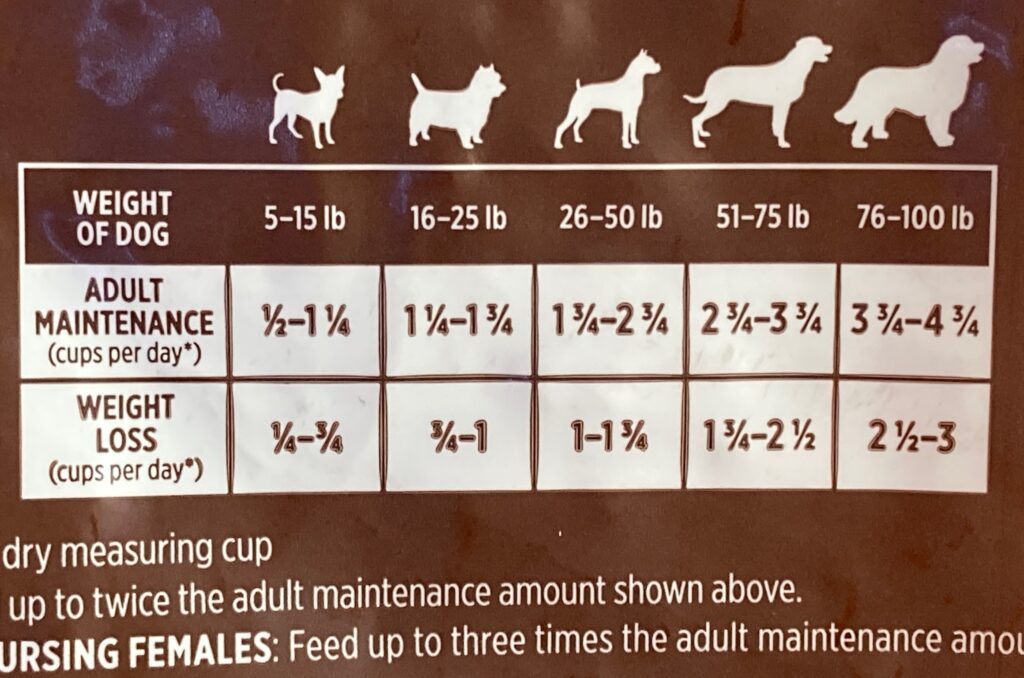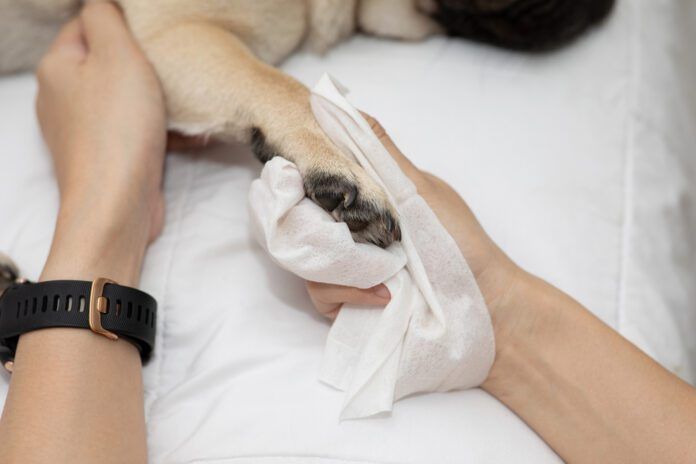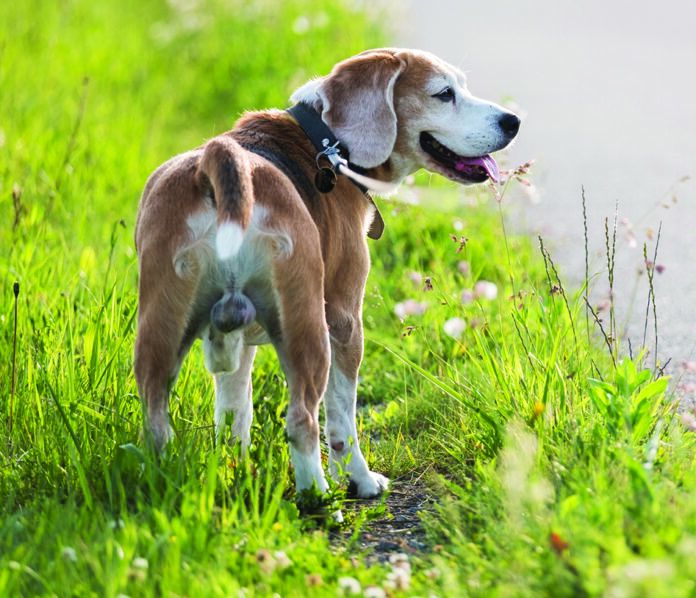I was quite enthusiastic the first time I saw an ad for the Bow Wow Buddy, a hard plastic device that secures the end of a bully stick, preventing dogs from choking on the tail end of the chew. I would think that a product that increases the safety of chews that virtually all dogs enjoy chewing would be welcome in most dog owner’s homes. Then I saw the price tag: nearly $28 for the extra small size, and nearly $38 for the extra large! Well, I thought, my dogs have lived without it so far…
But that was before I adopted a third dog – and a puppy at that! My next-youngest dog is 7 years old; I have forgotten the extraordinary value of any tool that helps to safely occupy a bored puppy or adolescent dog who is teething. What’s more, this particular adolescent has strong resource-guarding tendencies; if he suspects that another dog has designs on his chew-item – or that I am about to trade him some treats for his dangerously swallowable bully stick – he will often try to run away and swallow his prize, rather than risk losing it. Suddenly, $30 or $40 seemed like a really good investment in Boone’s safety.
That investment also helps stretch my expenditure on bully sticks, which are not cheap. Without the Bow Wow Buddy, I end up throwing away at least four to six inches of every bully stick I buy, just to keep Boone from trying to hurriedly hoard them, risking a semi-certain death by choking on those last few inches of chewing enjoyment. That’s about half of the more common, short bully sticks. Throwing away that many inches and hours of expensive canine enjoyment and occupation just seems wrong.
Bow Wow Buddy Works Best With Thick Sticks
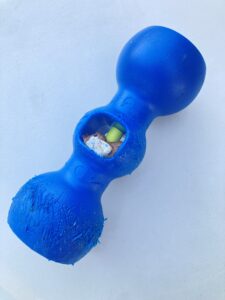
I don’t often buy bully sticks for my dogs (see “Bully for You?”), but when I do, I try to buy the very largest, longest bully sticks I can find. And because all three of my dogs are large (or will soon mature into a large dog), I bought the large size Bow Wow Buddy.
Unfortunately, the only bully sticks I had on hand when the Bow Wow Buddy arrived were long but very slender – and slender sticks just can’t get gripped by the Buddy.
Had I examined Bow Wow Labs’ website more carefully before I ordered, I would have ordered some bully sticks from them. The company is obviously aware that the Bow Wow Buddy works best with thick bully sticks, and now that I’m aware of that, too, I regret my purchase elsewhere of very long but thinner sticks.
Bully sticks are held in place in the center of the device by pressure provided by a single, pointed, plastic peg, which presses the stick against some tiny plastic spikes on the other side of the stick chamber. The pressure is adjusted by turning a knob on one end of the Buddy.
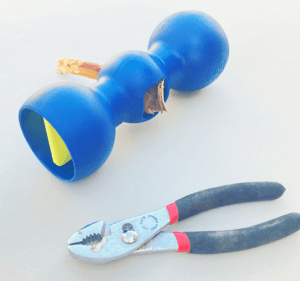
The slender-stick problem is aggravated by the fact that the pointed peg can only be screwed so far; it goes only about two-thirds of the way across that gap. So if the stick isn’t thick, it won’t be firmly gripped, rendering the device useless – at least, unless you are willing to do a little tinkering.
I was able to wrap some thick cardboard around the end of a thin bully stick to make it thick enough to be held securely by the pointed peg. However, I accomplished this tightening only with the help of a pair of pliers; I couldn’t tighten the knob enough to hold the cardboard and stick securely by hand alone. Sure, I’m almost 60, but I’m still pretty strong and I needed the pliers.
Supervision always required
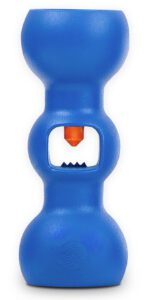
As with all items that are given to a dog to play with or chew, the Bow Wow Buddy isn’t indestructible. If you space out and allow your dog to continue to try to extract that last little bit of bully stick in the center, eventually, your dog will start to chew on the hard plastic device itself. I think we are all aware that when hard plastic is chewed by a dog, it creates very sharp furrows that can cut your dog’s lips and your own hands, the next time you try to load it. (Ask me how I know this – no, wait; you don’t have to.)
The Buddy does not replace the need for supervising your dog while he’s chewing a bully stick, but it at least allows you to take your eyes off of him for a few minutes at a time.
A final note: It’s not necessary to buy the largest sizes of the Bow Wow Buddy; you could triple the size of the largest bully stick I have ever seen and it would still fit in the large size of the device. I bet even the small size would work well to hold even very large bully sticks.
Bow Wow Buddys (and appropriately sized bully sticks) are available in pet supply stores, online pet retailers, and directly from BowWowLabs.com.
I haven’t yet met a dog who doesn’t like chewing on bully sticks. But the dried beef penises, processed goodness knows where, don’t agree with all dogs – or maybe it’s some chemical used to prevent pathogenic bacteria from growing on the dried meat that disagrees with some dogs’ tummies. Either way, I won’t defend the practice of giving bully sticks to all dogs; I use them only very sparingly, and only when I need extraordinary help to occupy a bored, restless, and potentially destructive dog – a dog who seems to have no trouble digesting them, that is. I also use other food-filled puzzles and chew items as time-fillers; I don’t depend on bully sticks alone. But when I do use one for this purpose, I will likely use it in conjunction with the Bow Wow Buddy from now on.



